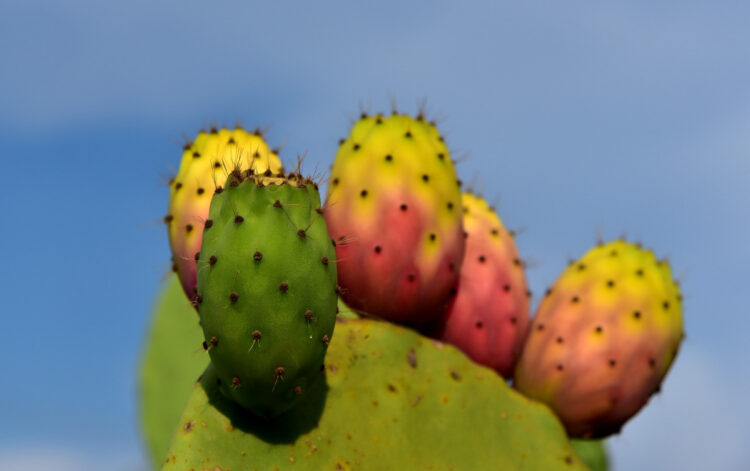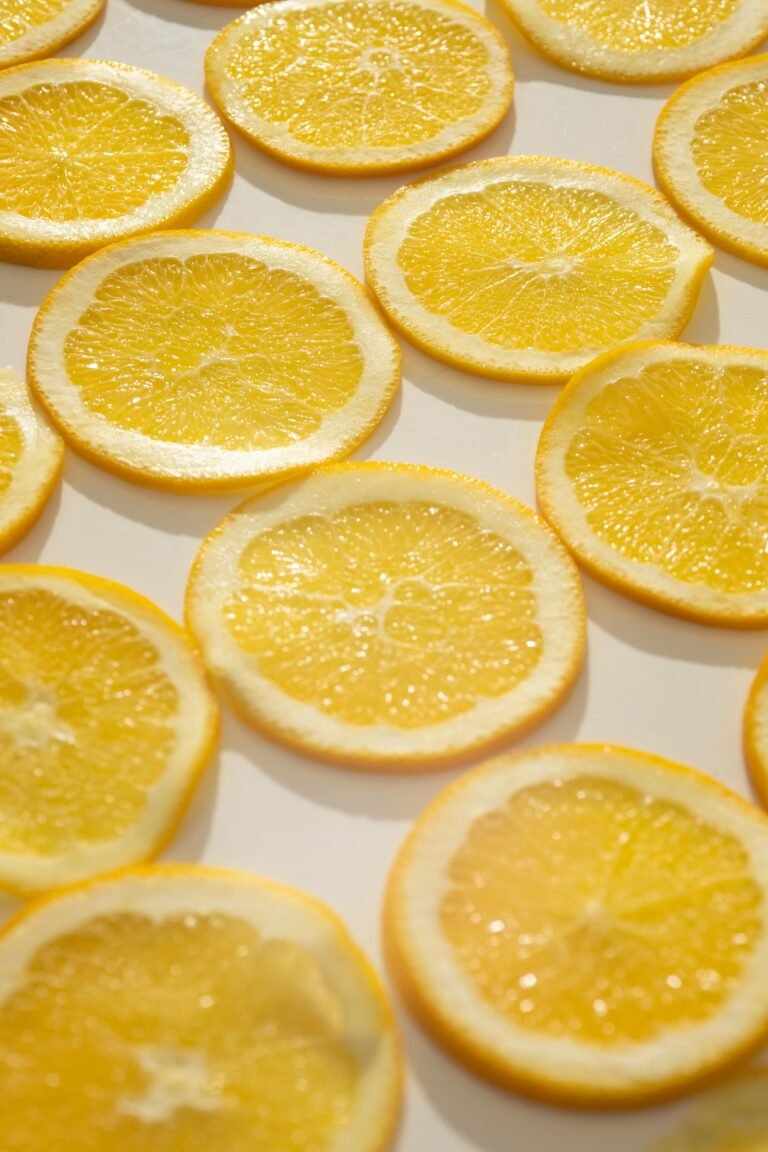Prickly pear: a precious fruit for health: that’s why it’s good for you

Not everyone knows that the prickly pear is a precious ally for health. The delicious fruit that according to some experts will be the fruit of the future because it resists the scorching summer temperatures, is rich in fiber, vitamins, minerals and antioxidants. Many nutritionists define the prickly pear as a kind of elixir of life. In the first place, one might define it as the fruit of contradictions: In fact they are called prickly pears but they have nothing to do with India. Certainly, the fruit is thorny on the outside but tender and sweet on the inside, it bears fruit in the summer but the best fruits are tasted in the winter, it is exotic but “homegrown”. In short, prickly pears are still little known but they are the subject of many scientific studies that have unraveled the mystery of many of their good nutraceutical properties.
Prickly pear: when and how you can eat
them You can eat prickly pears as a mid-morning snack or as a snack, or make a juice. But you can also experiment with new recipes based on prickly pears: from light desserts to salads, there are no limits!
Prickly pears: what they are
The plant (Opuntia ficus-indica L.) is native to Central America, particularly in correspondence with present-day Mexico. It is fleshy and rich in water like all succulents that have adapted to very arid climates. Therefore it has favored the development in the trunk of structures suitable for storing water reserves to be used gradually in periods of drought. The stem is divided into large green ovoid cladodes, the so-called “blades”. In fact, in favorable environments it can also present itself with an arborescent structure reaching up to 5 meters in height. Finally, the roots are superficial, very branched and expanded.
Indian ichi: nutritional properties
The presence of a not excessive quantity of sugars in the fruit (in particular fructose) gives the prickly pear a fairly moderate caloric intake.
Prickly pear: properties and benefits
The leaves of the prickly pear have high concentrations of mineral salts, such as calcium, manganese, potassium and vitamins of groups A and C. The percentage of water and the content of water-soluble fibers are also high, while maintaining a low intake of calories. while the proteins of high biological value are reduced. The result is a juice rich in thiamine, riboflavin, niacin, vitamin B6 and folate and amino acids, which in ancient times the Aztecs used against scurvy and as a soothing for sore throats and tonsillitis. Thanks to the nutritional properties, the leaves of this plant represent an excellent ally for the reduction of blood sugar levels and the transformation of bad cholesterol (LDL) into good cholesterol (HDL) thanks to the action of the fiber contained in them.
Nutritional values
Per 100 grams of fruit Prickly pear: contraindications
Be careful not to eat too many fruits of the prickly pear, because you could run into an intestinal blockage
























+ There are no comments
Add yours